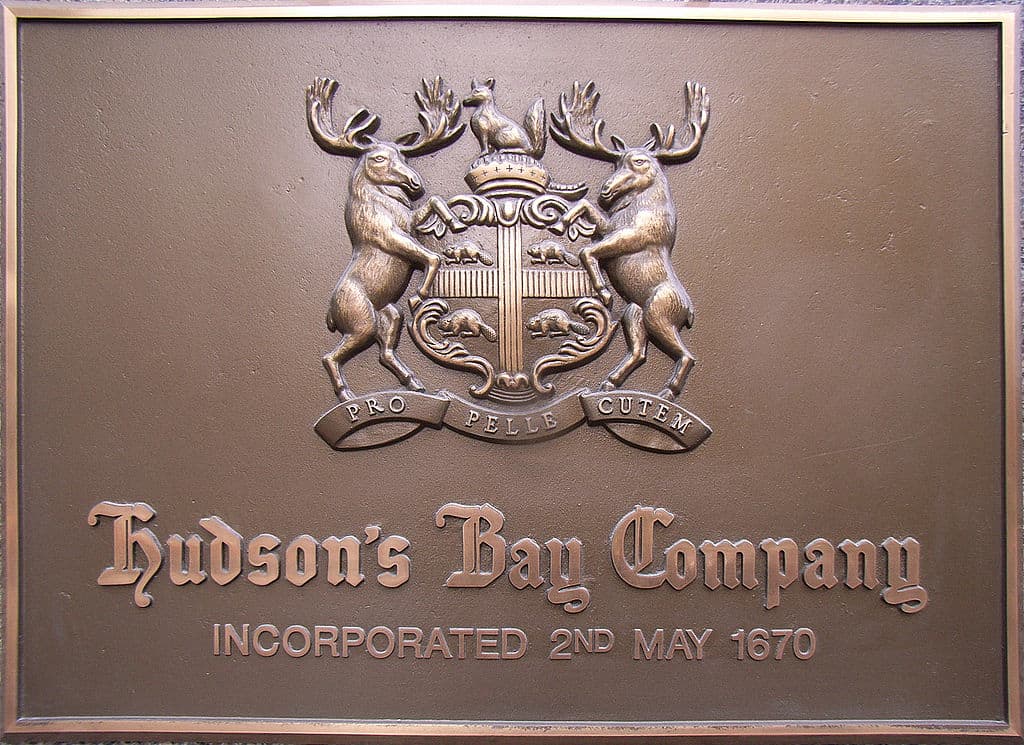The problem with the “old” Hudson’s Bay Co. (TSX:HBC) prior to Executive Chairman Richard Baker taking control in 2008 was that it was wildly out of touch with the modern shopper, refusing to change with the times. Worse still, its stores looked like hell.
Baker entered, strong retail executives like Bonnie Brooks and current CEO Jerry Storch got hired, billions were spent reviving the stores, which lie upon valuable real estate, and yet when the company delivered a $152 million net loss in Q4 2016 — not surprising given the current retail environment — retail experts didn’t hesitate to question Baker’s methods.
“Department stores are one of the softest segments in retail right now,” retail consultant Bruce Winder told The Financial Post. “(HBC) has a lot on the go and as they have been buying and buying, I don’t know if they have fully optimized any of the divisions they acquired.”
Hey, I get where Winder’s coming from, but the reality in retail, or any business, for that matter, is that you’re never fully optimized; there’s always room for improvement. It’s obvious to anyone, including Baker, that HBC isn’t firing on all cylinders, but if you look at its business more closely, you’ll see that it’s actually doing relatively well despite the market conditions and industry competitiveness.
Here are some of the positives I see from its Q4 2016 and full-year report:
- Its department store group, which includes Hudson’s Bay, Lord & Taylor, and Home Outfitters, saw comparable sales increase 0.6% on a constant-currency basis.
- Saks Fifth Avenue had a 0.1% increase in comparable sales, better than the full-price stores at both Nordstrom and Neiman Marcus, the latter of which HBC is rumoured to be interested in.
- Its e-commerce revenues increased by 52.8% in the fourth quarter with comparable sales up 13.3% on a constant currency basis.
- Its gross profit margin improved 50 basis points to 40.2%; its gross margin for the year was 41.3% — 190 basis points higher than Macy’s, another potential target for Baker and company.
- The company had gross capital expenditures of $1.1 billion in fiscal 2016 — 77.9% higher than a year earlier with a big chunk of the increase in merchandising, where it spent $786 million in 2016; that’s double what it spent in 2015. It expects its total capital investments in 2017 to be around the same amount with 80% of it allocated for growth initiatives in Europe.
- It expects net capital expenditures in 2017 to be between $450 million and $550 million, which means landlord incentives are expected to be higher in the coming year — a huge plus.
- The flagship Lord & Taylor store in New York is valued at US$655 million — $255 million higher than the US$400 million mortgage it took out in the second quarter.
- It launched its state-of-the-art robotic fulfillment centre in November — a $60 million investment as part of its all-channel business strategy.
The biggest plus from its report and conference call was undoubtedly Richard Baker’s hint that its real estate monetization plans are ready to go ahead. He also admitted that it might have been prudent, in hindsight, to have done so earlier in 2016.
So, in fiscal 2017, HBC is going to start monetizing more of its real estate, continue to improve the customer experience on the store floor through ongoing renovations, continue to expand and improve HBC Europe, and fix whatever is wrong with its off-price business.
Oh, I almost forgot. It will continue to scour the globe for accretive acquisitions.
“We look to do deals that are accretive for our shareholders,” Baker said in HBCs conference call. “In no way would we do an acquisition that affected our debt ratios and impacted our existing business in a material way.”
Is that too much?
Maybe for an ordinary person, but Baker has proven he ain’t that. it’s full-steam ahead for the HBC Express.








